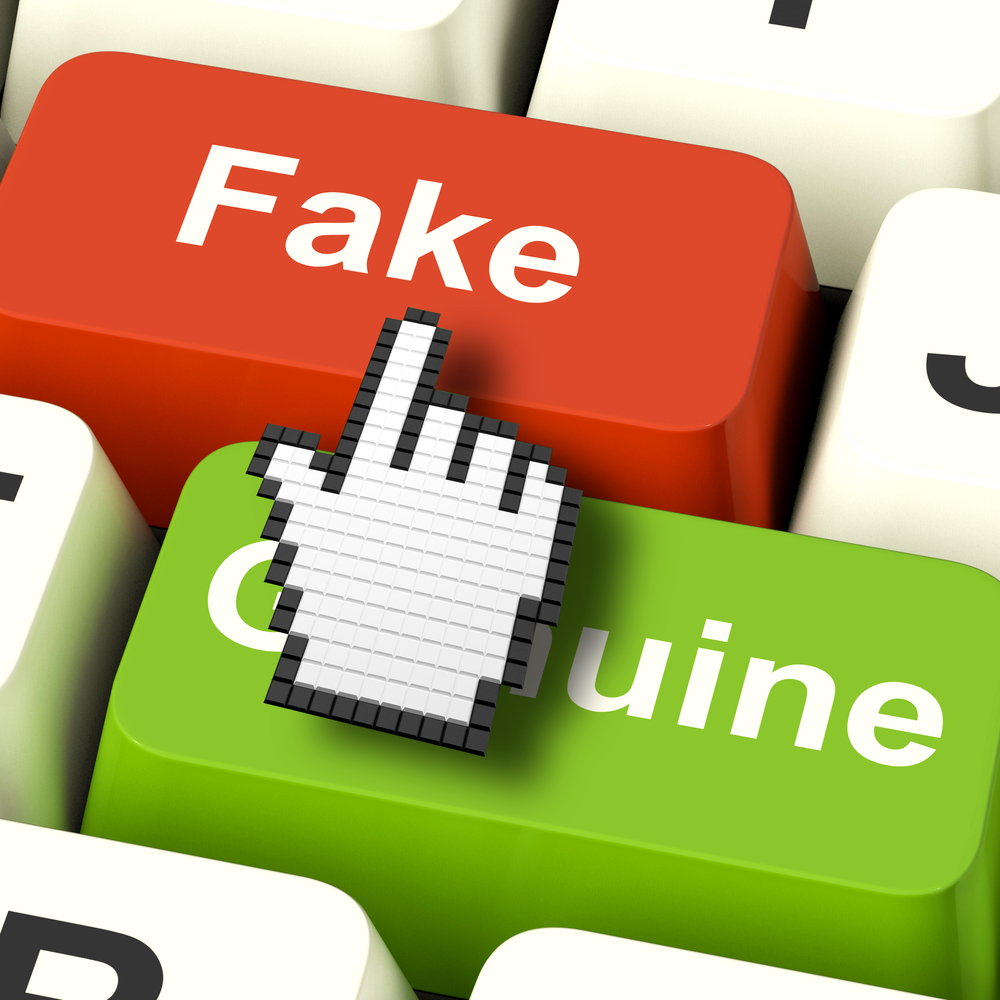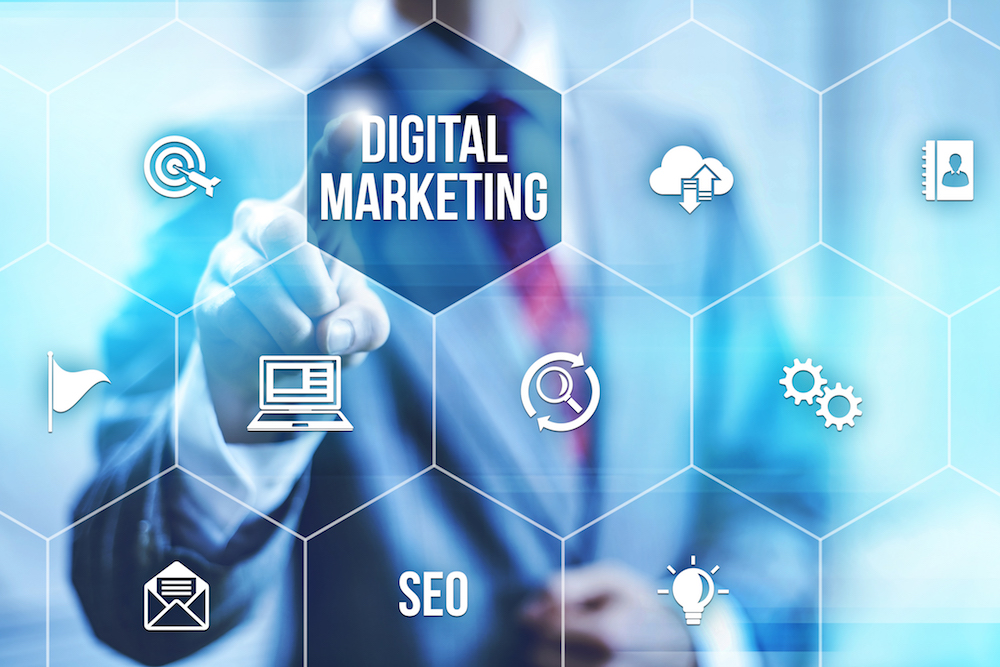Consumers are spending more time on connected devices during the coronavirus lockdown and are eager for a mix of content and ads that touch on the pandemic and also depict continuity and positivity, a new study by Unruly has found.
The various phases of lockdown being implemented across Europe and North America has forced consumers to take solace in their smartphones with 50% of the 2,638 respondents to a survey saying they are using iPhones and Android devices “a lot more than before”.
Other devices show a similar spike in usage with connected TVs (42%), laptops (35%), games consoles (29%), tablets (27%) and desktop PCs (28%) all acting as prime hub for extended online time for the general public.
The study found that the new normal, for now at least, will provide content marketers and advertisers with the ability to put forth engaging and informative experiences to a “literally captive audience”.
Insight vice president, Terence Scroope, believes audiences are now at “one of the most” engaged points in “our lifetime” as so many people are at home and crave distractions to get through the lockdown.
Scroope also believes brands need to address “the elephant in the room” by showcasing thought leadership on Covid-19 related issues and by outlining what they are doing with their business during the tough period.
22% of respondents said they want content conveying how brands are helping staff and customers in different ways and a similar number are on the lookout for ads that offer useful information about the coronavirus.
On the flip side of the coin, consumers also want distractions and normalcy. 17% of respondents said they crave content that depicts continuity, the same number who said they would like to see more humour and positivity in ads and content.
“The vast majority of consumers still want to see ads,” Scroope revealed in a statement. “But the key to success is in the content and the way a message is conveyed.”
In terms of ad delivery methods, four in ten young adults aged between 18 to 24 prefer to hear from the brands they follow via online video on social platforms, while the older customers want brand comms via TV ads and other traditional formats.
The pandemic has changed consumer behaviour significantly as only 10% say their daily lives are continuing as normal with the majority now social distancing to ease the strain on health services and reduce the chances of contracting the virus.
The time spent indoors has resulted in a spike in mobile usage with 81% of Millennials now logging onto social media more than they were before. Around half of all respondents are also indulging in more home entertainment.
There are other offline hobbies that consumers are enjoying though. Two-thirds say they have spent more time following recipes, cooking meals and baking goods during the last month, while 43% have devoted more hours to reading books.
All of these changes offer brands the chance to tweak campaigns to deliver the content that consumers need during this difficult time.











